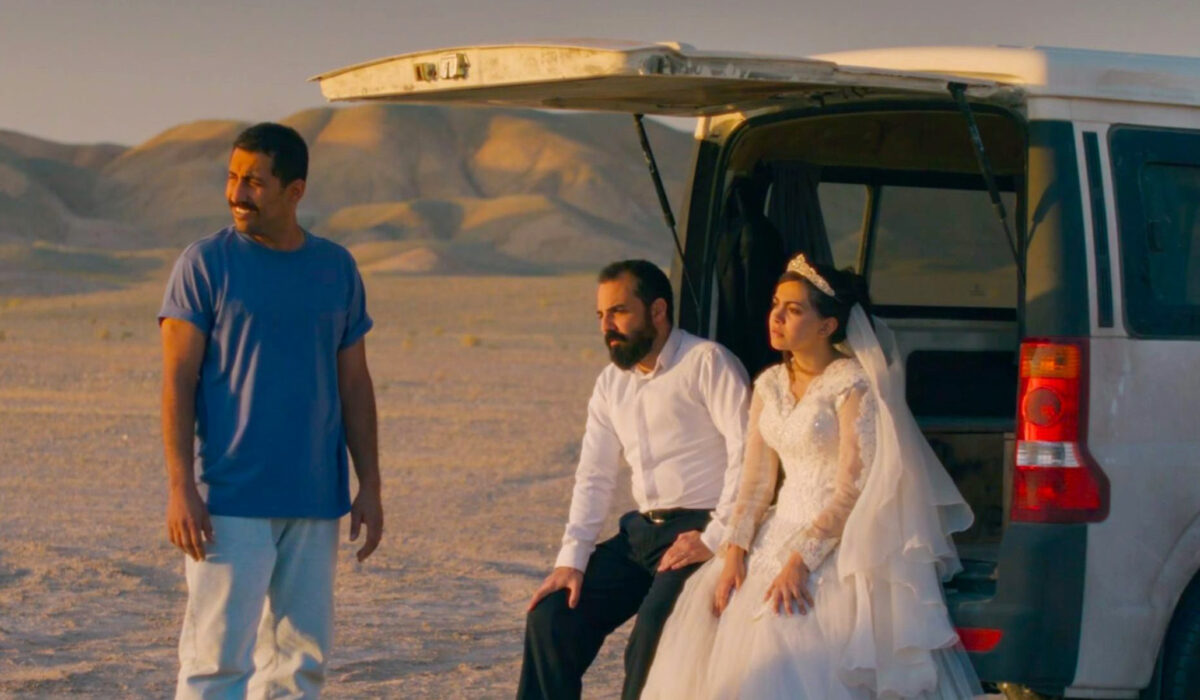Panahi at Cannes: How Festival Praise Shapes the Conversation
Jafar Panahi’s work often lands at the center of festival debates, and one common critique is that his films tap into liberal sentiment in ways that suit Cannes’ tastes. Observers argue the festival rewards certain progressive narratives, sometimes more for their symbolism than for filmmaking risks. That tension between message and craft is hard to ignore.
Panahi’s personal story—his legal struggles in Iran and the global attention they attract—adds layers to how his films are received outside Iran. International platforms can turn a filmmaker’s biography into part of the film’s currency, which shifts attention from texture and technique to moral standing. That shift shapes both jury choices and critical coverage.
Cannes, like other major festivals, has long been a cultural soapbox where political and artistic tastes intersect. Festivals curate identity as much as cinema, and that curation influences which works are amplified. The result is a kind of taste economy where certain themes are consistently rewarded.
When the same moral templates keep winning praise, it creates expectations for filmmakers who want festival recognition. Filmmakers can feel pressured to frame their work in ways that align with festival ideology, sometimes at the expense of storytelling complexity. That pressure affects artistic decisions long before a camera rolls.
Juries and critics operate inside cultural ecosystems, and their choices reverberate through press cycles and social feeds. A sympathetic backstory or a timely political angle can tilt coverage, making a film appear more urgent or important. This doesn’t mean the film lacks merit, but it does mean reception is rarely neutral.
Art festivals also play a role in shaping film histories, deciding which films enter the conversation and which don’t. Inclusion at Cannes can give a director a permanent place in international discourse, while omission can mute promising work. Those curatorial calls carry lasting consequences for careers and reputations.
At the same time, audiences bring their own filters to screenings, and applause or criticism reflects broader cultural moods. Social media accelerates those responses, turning a single festival reaction into a global verdict within hours. That speed can flatten nuance, rewarding bold narratives that translate easily into headlines.
It’s worth noting filmmakers navigating censorship or political risk often face impossible choices, balancing safety, artistry, and international visibility. For some, Cannes is a lifeline that offers protection or a platform for suppressed voices. For others, festival optics can feel like a compromise of creative autonomy.
Critics and curators should be mindful that honoring a film’s political valence doesn’t automatically equal honoring its cinematic achievements. Close attention to form, character work, and craft matters if festivals want to sustain a healthy artistic ecosystem. Otherwise, programming risks becoming predictable and transactional.
Conversations about who festivals uplift and why will keep evolving as cultural priorities shift. The debate around Panahi, Cannes, and festival politics isn’t a dead end but a prompt to examine how artistic merit and political sympathy interact. That examination will determine whether festivals remain places for discovery or turn into echo chambers of familiar ideas.

